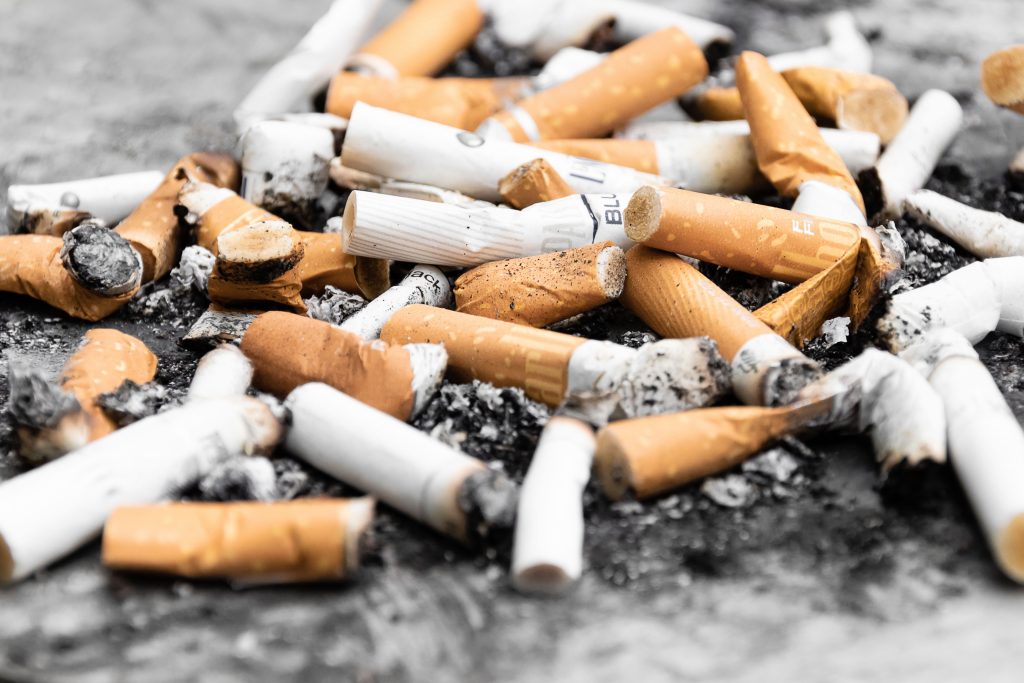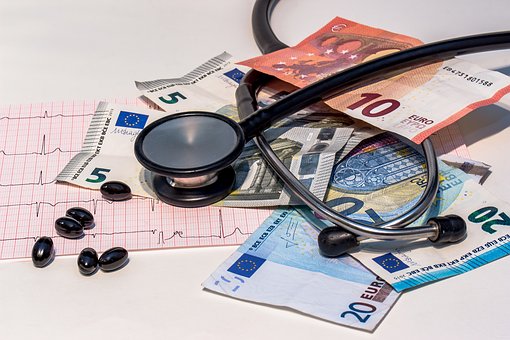IMCAS PARIS
the Mecca of Beauty

IMCAS-Paris is one of the key symposia in the cosmetic industry. Five days packed with latest innovations and new procedures reviews. From skin, nose, face, breast, and body, we can count on a very rich and diversified program in which I invariably find something to learn and carry on back to my practice.
IMCAS Annual Meetings are a chance to remind the world that as a cosmetic doctor I am foremost a physician, always reaching for what serves my patients better…
.
we hope you enjoy the contents…..

Until the next time,
Dr Hazem Kahlout
Ms Maggie Walsh
Health and Beauty help topics…
A your health is your wealth, and a very important weapon against aging. This week we discuss the most important environmental factors affecting your health and your looks.
It’s time to finally QUIT
You’re probably aware that smoking raises your chances of cancer and heart problems, but did you know that the habit could also have an adverse effect on the skin? Cigarette smoke can make a big impact on the formation of wrinkles and has been known to produce signs of premature aging. Deciding to quit – or at least reduce the number of cigarettes you smoke a day – could end up adding more years to your life while also giving you healthier, younger-looking skin. As with any New Year’s resolution, it’s important to be realistic about your goals. Saying that you won’t smoke a single cigarette starting at midnight on January 1 is setting yourself up for disaster. It will likely be more effective if you set benchmarks for yourself. For instance, promise yourself that you’ll be smoking three fewer cigarettes a day by .
A Healthier Diet for a Healthier YOU
The foods you put into your body can affect your skin and body shape. This year, make a promise to include more fruits and vegetables in your diet, and you may find that by the time 2014 rolls around, you look younger, healthier, and slimmer. Leafy greens such as spinach and cabbage as well as berries like raspberries and blueberries are known for their anti-aging properties, so add these foods to your shopping list every time you head to Tesco.
Saving for that procedure
If you’ve had your eye on a cosmetic procedure, but have put it off because you can’t afford it, then this year perhaps your New Year’s resolution should be to save up for the wrinkle injections or luscious lip you’ve always wanted. You can get yourself excited for your procedure by visiting Dr Kahlout who can also help you figure out exactly how much you need to save to cover the costs of your procedure.
Topic highlight of the week…
Cellulite
Cellulite is a topographic skin change that occurs in most post-pubertal females. It presents as a modification of skin topography evident by skin dimpling and nodularity that occurs mainly in women on the pelvic region, thighs, and abdomen, and is caused by the herniation of subcutaneous fat within fibrous connective tissue, leading to a padded or orange peel–like appearance. Cellulite is a description rather than a physical object. The term was first used in the 1920s, and began appearing in English language publications in the late 1960s, with the earliest reference in Vogue magazine, “Like a swift migrating fish, the word cellulite has suddenly crossed the Atlantic.” Its existence as a real disorder has been questioned, and the prevailing medical opinion is that it is merely the “normal condition of many women”. One cosmetic company has noted its historical place in industrialised societies as an “inappropriate term used by women to describe curves which they judge to be too plump and not very aesthetic”.
Descriptive names for cellulite include orange peel syndrome, and cottage cheese skin.
Cellulite is thought to occur in 80-90% of adult females. There appears to be a hormonal component to its presentation. It is rarely seen in males, but is more common in males with androgen-deficient states, such as Klinefelter’s syndrome, hypogonadism, post castration states and in those patients receiving oestrogen therapy for prostate cancer. The cellulite becomes more severe as the androgen deficiency worsens in these males.
Causes of Cellulite
The causes of cellulite involve changes in metabolism physiology and dieting too hard or too much, such as gender-specific dimorphic skin architecture, alteration of connective tissue structure, hormonal factors, genetic factors, the microcirculatory system, the extracellular matrix, and subtle inflammatory alterations.
Hormonal factors
Hormones play a dominant role in the formation of cellulite. Oestrogen may be the important hormone to initiate and aggravate cellulite. However, there has been no reliable clinical evidence to support such a claim. Other hormones, including insulin, the catecholamines adrenaline and noradrenaline, thyroid hormones, and prolactin, are all believed to participate in the development of cellulite.
Genetic factors
There is a genetic element in individual susceptibility to cellulite. Researchers led by Dr. Enzo Emanuele have traced the genetic component of cellulite to particular polymorphisms in the angiotensin converting enzyme (ACE) and hypoxia-inducible factor 1A (HIF1a) genes.
Predisposing factors
Several factors have been shown to affect the development of cellulite. Gender, race, biotype, distribution of subcutaneous fat, and predisposition to lymphatic and circulatory insufficiency have all been shown to contribute to cellulite.
Diet
Improving one’s diet, combined with exercise, can improve the appearance of cellulite.
Lifestyle
A high stress lifestyle will cause an increase in the level of catecholamines, which have also been associated with the evolution of cellulite.
Testimonial
“I had always wanted to have hair removal done especially on my face. The one noticeable trait that I have from my dad is his sideburns. So I decided to try laser hair removal. I first went to a beauty salon that offered treatments. Having complete confidence in the beautician (I had known her for years), we began treatments. These treatments were not cheap by any means. As soon as we began I thought that my face was on fire but was told that this was to be expected. I went home in pain and woke up the next day with puss and scabs on my face that took weeks to heal. I was not happy. Needless to say I was not that interested in doing this again. However, I still hated shaving so I started to do some research on proper clinics. I found the website for the Castleknock Cosmetic Clinic in Dublin. I saw that the clinic had just purchased the latest in laser equipment and was run by an RN and a Doctor who performed these procedures. I went in for the consultation and was ensured that I would not have the same experience.
Maggie, you and Dr Kahlout made me feel so comfortable with your patience and knowledge.
I am excited to say that my face, as well as my legs, bikini area and under arms are hair and razor free. Why stop at the face the rest of your body is just as important.
Tina L.







Leave a reply